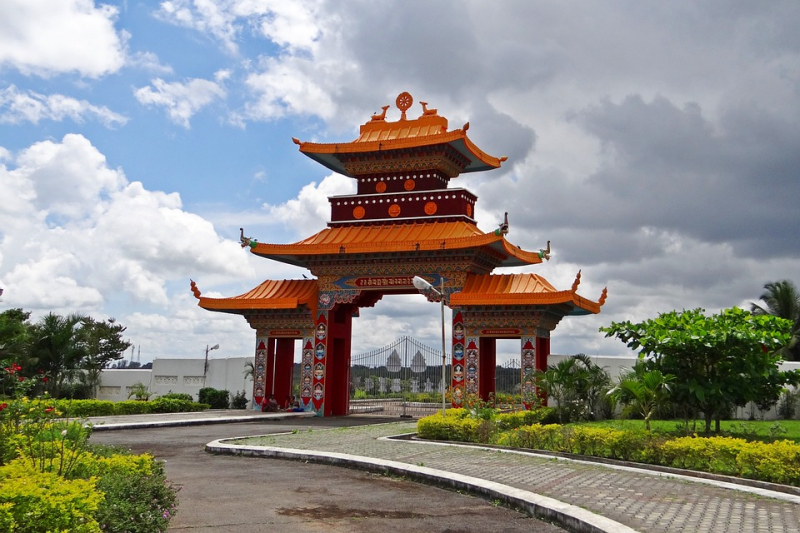Cultural and environmental concerns
Tibet is a region with a rich cultural heritage, as well as a unique and fragile environment. Many people believe that flying over Tibet can have negative cultural and environmental impacts. For example, some Tibetans view the airspace over Tibet as sacred and believe that flying over the region is a form of desecration. This is particularly true for Mount Kailash, which is considered a sacred site by many Tibetans and is believed to be the home of several deities.
In addition to cultural concerns, there are also environmental concerns related to flying over Tibet. The region is home to several sensitive ecosystems, including high-altitude wetlands and grasslands, that are particularly vulnerable to pollution and other environmental damage. Flying over these ecosystems can potentially disrupt local wildlife and have other negative impacts.
Furthermore, there are concerns related to the carbon emissions produced by planes flying over Tibet. Air travel is a significant contributor to global greenhouse gas emissions, which are a major cause of climate change. Flying over sensitive regions like Tibet can exacerbate these environmental impacts, particularly if planes are forced to fly at higher altitudes or for longer distances.







